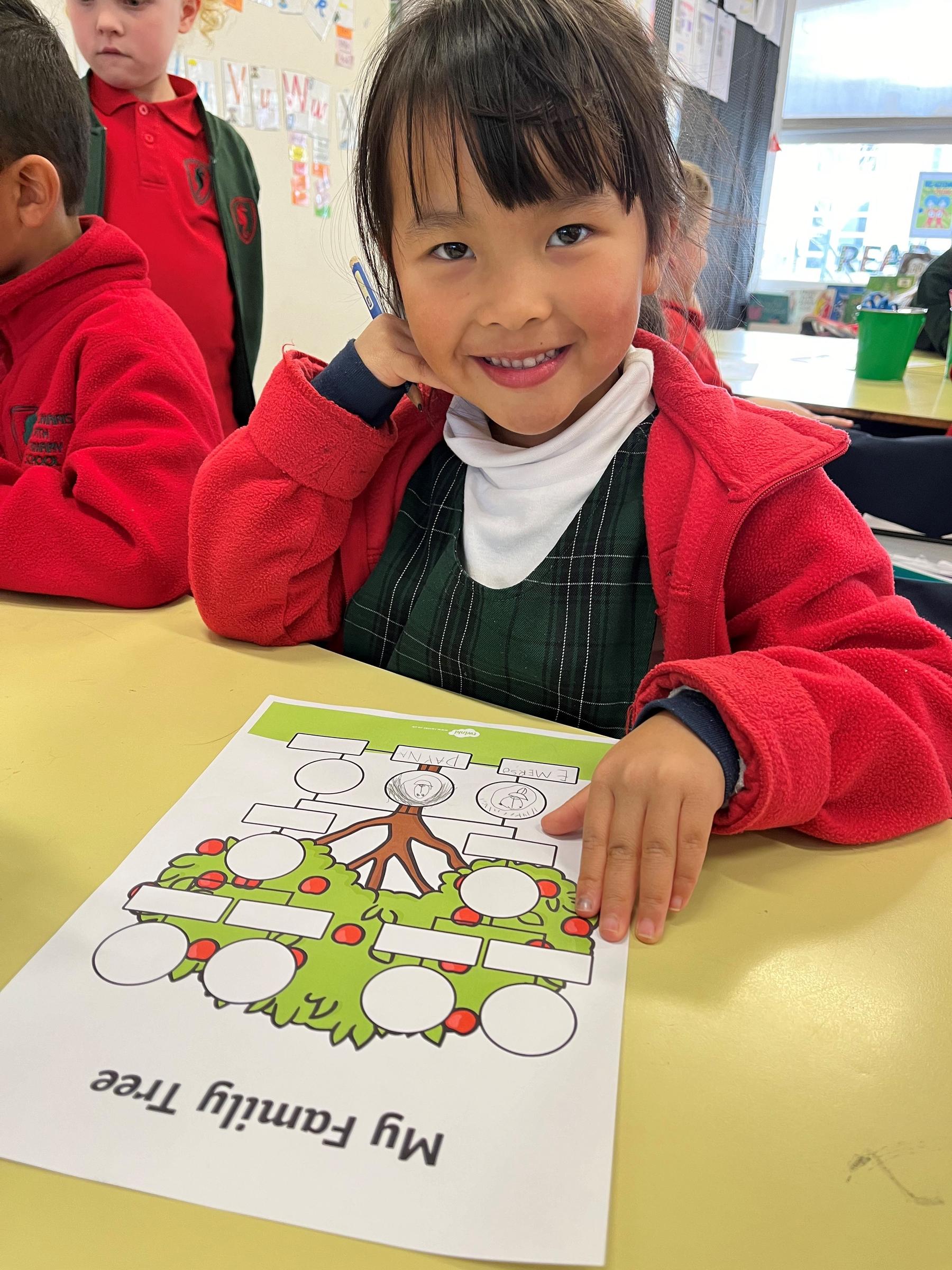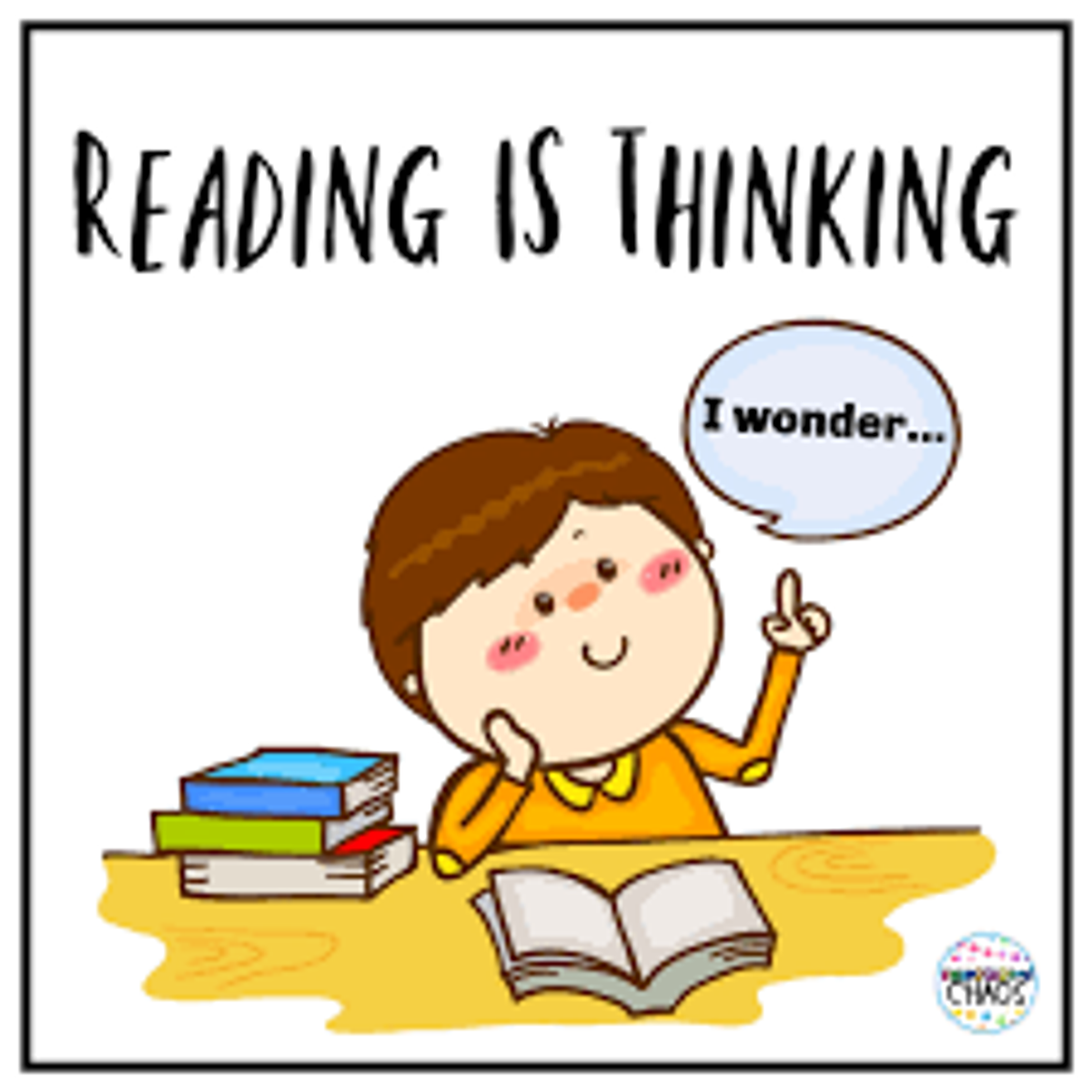Literacy

Unlocking the Power of Comprehension
A Key to Primary Reading Success
In the vibrant world of primary education, where the foundation of future learning is built, comprehension stands as a crucial pillar in reading development. As young students embark on their reading journeys, the ability to understand and interpret what they read not only enhances their academic skills but also enriches their overall learning experience. Here’s why comprehension is so important and how we can support it effectively.
The Heart of Reading
Comprehension is more than just decoding words on a page. It’s about grasping the meaning behind those words, connecting them to prior knowledge, and making sense of the text as a whole. For primary students, this skill is vital as it transforms reading from a mechanical process into a meaningful and engaging activity.
When children understand what they are reading, they are more likely to enjoy the process. This enjoyment fosters a love for reading, which is crucial for their continued academic growth. Comprehension enables students to:
Make Connections: By relating text to their own experiences or other knowledge, children develop a deeper understanding and retention of information.
Build Critical Thinking Skills: Understanding texts helps students analyse and interpret content, fostering critical thinking and problem-solving abilities.
Enhance Vocabulary: Comprehension often involves encountering and making sense of new words in context, which expands students’ vocabularies and language skills.
Strategies for Enhancing Comprehension
Supporting comprehension in primary students involves a range of strategies that can be integrated into both classroom instruction and home reading routines:
Ask Questions: Encourage students to ask questions about the text. This could be about characters, plot details, or unfamiliar words. Questions like “What do you think will happen next?” or “How do you think this character feels?” prompt students to engage more deeply with the text.
Encourage Predictive Reading: Before diving into a text, ask students to predict what it might be about based on the title, illustrations, or headings. This sets a purpose for reading and makes the content more engaging.
Discuss the Text: After reading, have conversations about the story. Discuss what happened, why it happened, and how characters might feel. This helps reinforce understanding and allows students to articulate their thoughts.
Use Visual Aids: Illustrations, charts, and story maps can help students visualize and better grasp the content. Visual aids support comprehension by breaking down information into more manageable parts.
Model Reading Strategies: Demonstrate how to use strategies like summarizing, questioning, and predicting while reading aloud. Show students how these techniques enhance understanding and make reading more enjoyable.
Building a Strong Foundation
Fostering strong comprehension skills in primary students sets the stage for lifelong learning. It transforms reading from a task into an adventure of discovery and understanding. By using these strategies and supporting young readers in their journey, we empower them to become confident, capable, and enthusiastic readers.
As educators and parents, our role in nurturing comprehension skills cannot be overstated. By creating a supportive and engaging reading environment, we help our students unlock the true power of reading and set them on a path to academic and personal success.
Let’s work together to make every reading experience a stepping stone to greater understanding and a lifelong love of learning.


